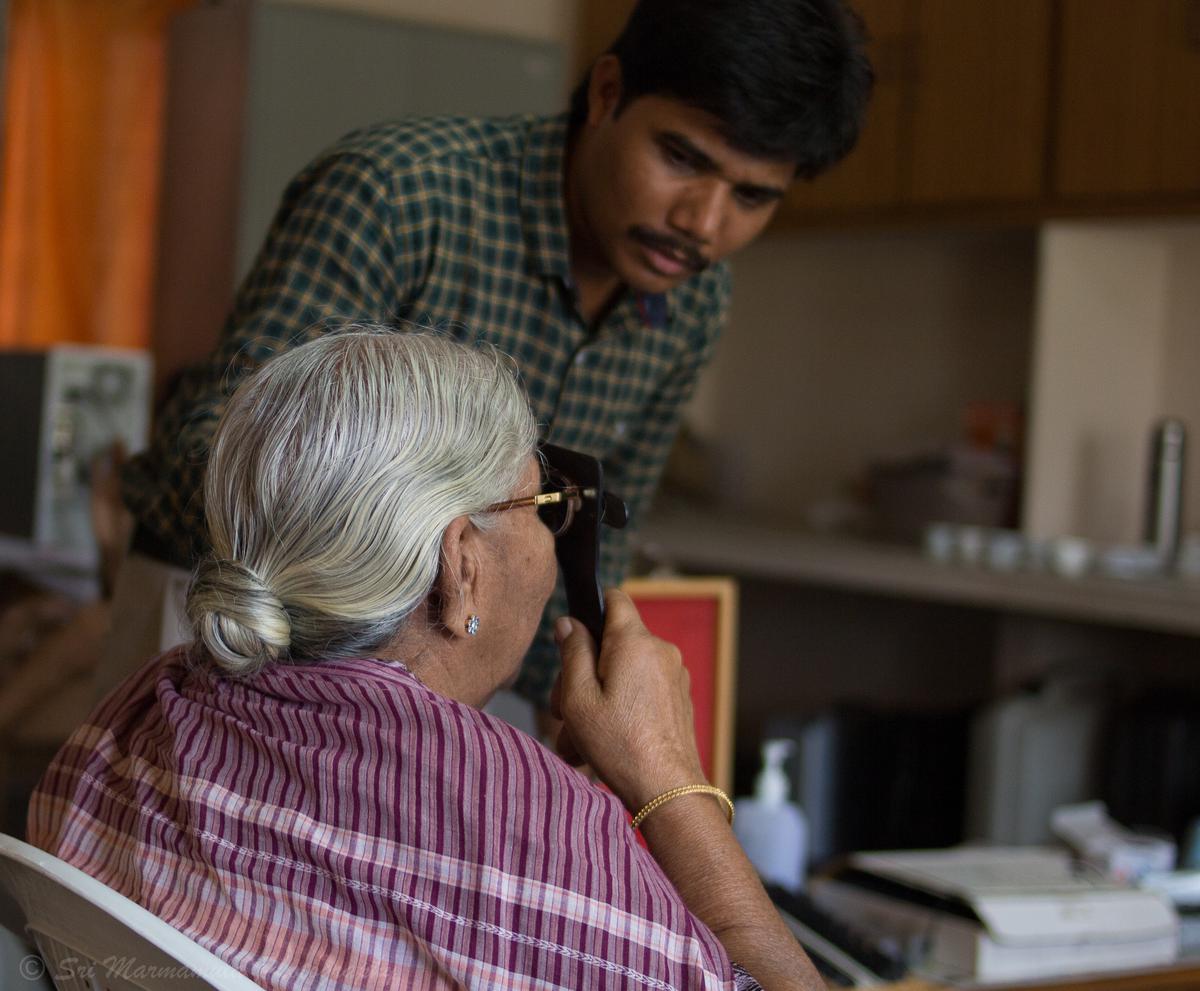Eye care service delivery is uniquely placed to help with health monitoring and planning, with major changes anticipated in global demographic patterns
Eye care service delivery is uniquely placed to help with health monitoring and planning, with major changes anticipated in global demographic patterns
The United Nations has marked International Day of Older Persons (October 1) today as part of the organization’s efforts to draw attention to healthy aging. Recently, a report by the United Nations Department of Economic and Social Affairs (UNDESA), “World Population Prospects 2022”, has projected major changes in global demographic patterns in the coming decades.
As the global birth rate stabilizes and shrinks, 16% of the world’s population is expected to be made up of people over the age of 65 by 2050. India will be home to the largest population in the world which will include a large elderly sub-population. This demographic change will have a profound impact on its health systems. In this, eye care service delivery is uniquely placed to be the first point of contact with the elderly and help with health monitoring and planning.
change in population structure
‘Holmes data shows us that the first step towards tackling fundamental issues of access and trust in the elderly is to address vision loss’. photo credit: Srinivasa Marmamula
,World Population Prospects 2022The report estimates that by 2050 the world population will reach 9.7 billion. By then, the number of people over the age of 65 will double that of children under the age of five. That year is also estimated to be an important year for the population of India. Report India’s population is projected to be 1.7 billion by 2050It has overtaken China to become the most populous country in the world. Eight countries – India is among them – will account for more than half of the world’s growing population by 2050.
Previous UN reports have estimated that the proportion of India’s elderly population will double to about 20% of the total population by that year. The prevalence of non-communicable diseases such as diabetes, high blood pressure and heart disease, or disabilities related to vision, hearing or mobility, is higher in the elderly. Changes in the demographic structure will put pressure on public health systems that are unprepared to provide universal health care along with social security measures such as old age and disability pensions.
Eye care and elderly health
LV The Hyderabad Ocular Morbidity in the Elderly Study (HOMS) by Prasad Eye Institute is preparing a series of systematic reports on various aspects of home health, quality of life, mental health, morbidity and disability of the elderly. Aged in Hyderabad, Telangana. Using eye care as a point of entry, the study is measuring a variety of health and social metrics in more than 1,000 participants (all over the age of 60), spanning socio-economic conditions. Huh. More than 30% of the elderly in the study had farsightedness and more than 50% had nearsightedness (they required reading glasses). About half of the participants had at least one disability and a third of them had multiple morbidities. About 70% of them were using at least one assistive device, glasses being the most common. The study also explored several links between vision loss and an older person’s mental health and self-confidence. People with impaired vision had a greater fear and risk of falling (a leading cause of disability and hospitalization in the elderly). This reduced his movement and freedom, leading to depression. Removing his vision defect improved life.
The Holmes data shows us that the first step toward tackling the fundamental issues of access and trust in the elderly is to address vision loss. Eye exams are also good opportunities to assess and identify other systemic issues in the elderly. The way forward may be a package of interventions, including assistive devices for vision, hearing and mobility, or referral to psychiatric support for depression or other mental health issues. In this way, eye care could catalyze a model of elderly care that would help us re-examine our attitudes towards this changing world.
there is more. Most eye conditions typically affect people who are very young or elderly – age groups who depend on others for health access. Therefore, the Indian eye care model has always given priority to primary care ‘vision’ centres, to bring care closer to the needy. Chronic conditions such as diabetes and hypertension cause irreversible vision loss and, therefore, the field is building referral networks connecting to other health specialties.
an approach
Eye care has also been at the forefront of imaging technologies and tele-health, creating portable devices and apps that address access issues for those who cannot travel far. Importantly, eye health in India has several cross-subsidy models to help reduce the financial burden on individuals.

‘Holmes data shows us that the first step towards tackling fundamental issues of access and trust in the elderly is to address vision loss’. photo credit: Srinivasa Marmamula
This set of experiences and expertise has put eye care in a unique position to help us navigate the transition in an aging society. The future of elderly care must be long-term, comprehensive and integrated, and oriented towards primary care so that it is accessible. It must take into account all kinds of socio-economic realities, work to ensure that no elderly person is denied care, irrespective of their financial status. A comprehensive eye examination could be the first step towards enabling such a healthier and happier future for our elderly citizens.
Tejah Balantarapu Lv Prasad is Associate Director, Science, Health Data and Story Telling of Eye Institute. Srinivas Marmamula, Associate Director, Public Health Research and Training, L.V. Prasad Eye Institute is